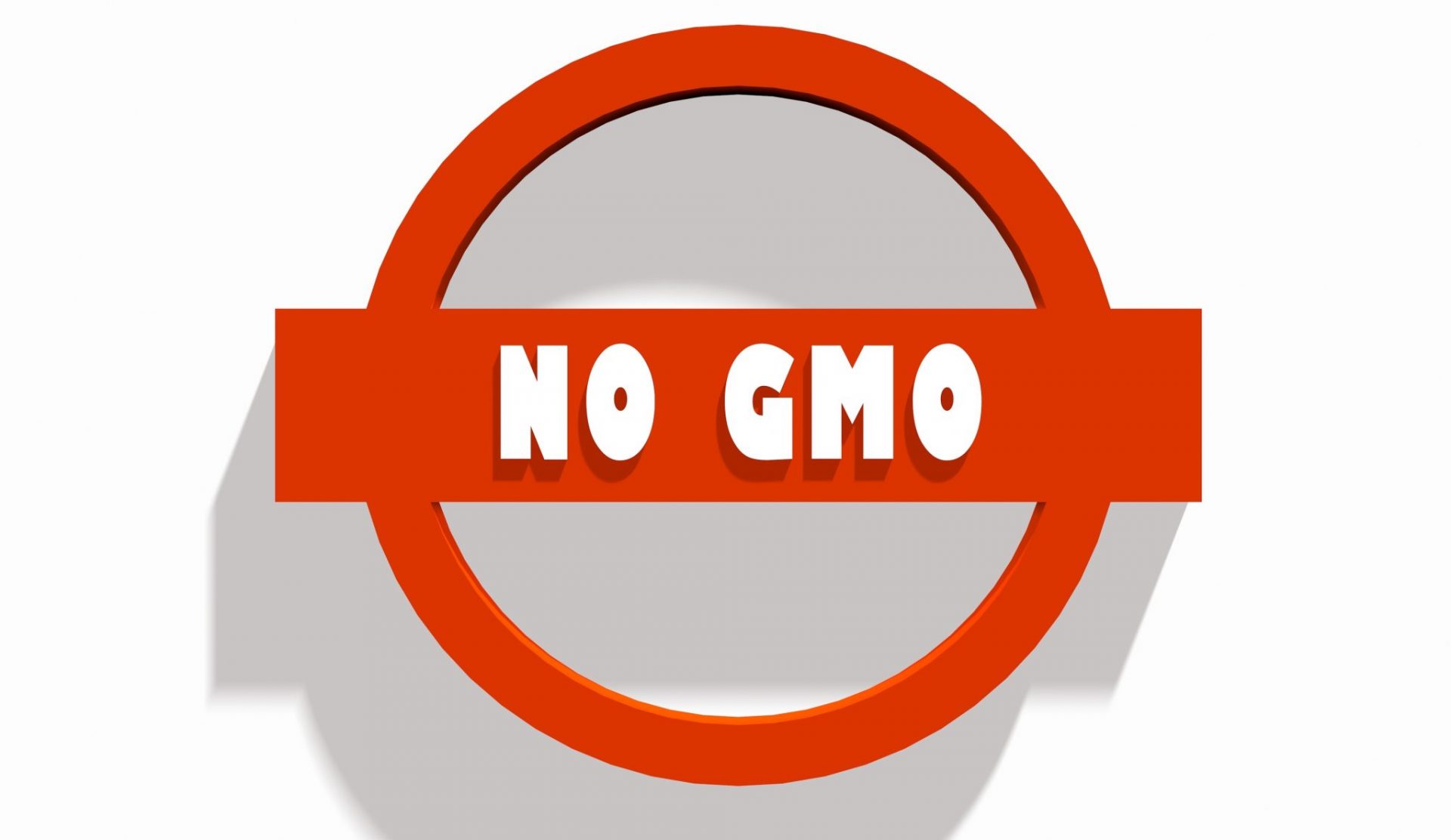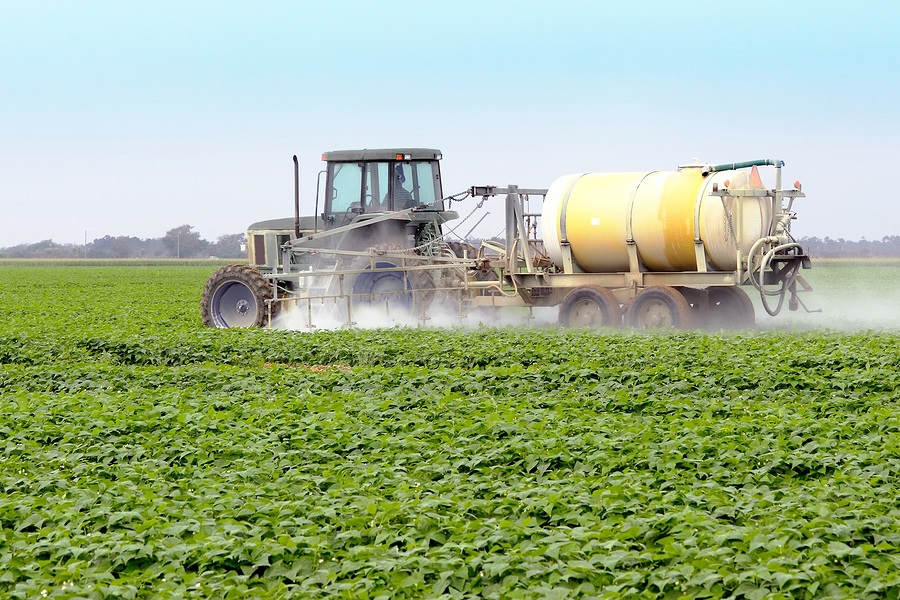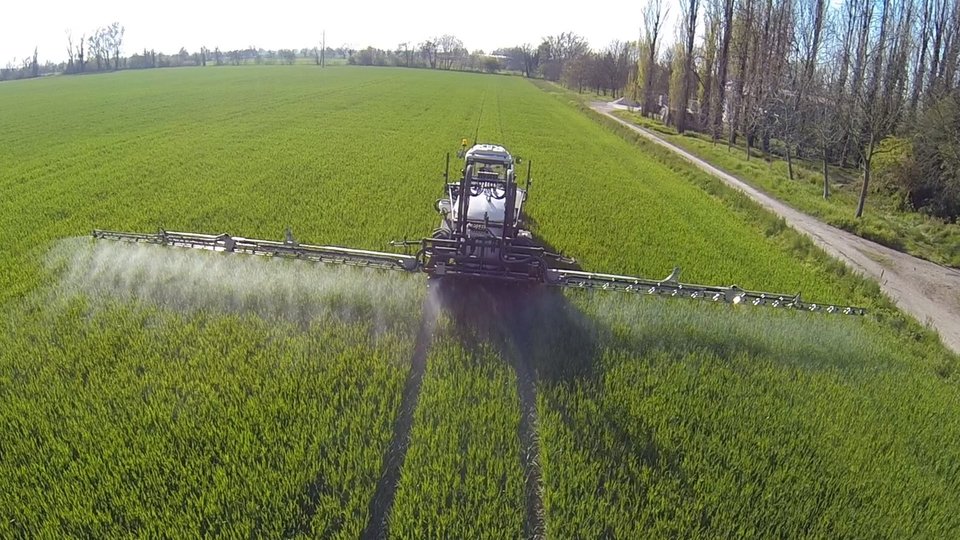How the European Union position on GMOs differs from the United States
(NaturalHealth365) In my previous article, we discussed the difference between the United States and the European Union with regards to potentially-harmful chemical substances like Formaldehyde and Red Dye No. 40.
The shocking conclusion is that while the U.S. has an “innocent until proven guilty” stance when it comes to these substances, the EU takes the exact opposite point of view, making companies prove the safety of their products, not the other way around.
How do the two regions of the world compare when it comes to the labeling and regulation of genetically modified organisms (GMOs)? Let’s take a look at where both part of the world stands right now.
Despite public protest, pro-GMO companies like Monsanto still mean big money in the European Union
“GMO” stands for genetically modified organism. These days, genetic engineers working for Monsanto and a dozen other agribusiness companies do not modify food products like corn and wheat to increase its nutritional value nor to provide any other benefit for people. They do it for economic reasons – for herbicide tolerance, to give a particular plant the ability to produce its own pesticide or to increase shelf life.
Multinational corporations operating in and with the European Union are no different. The only thing that IS different is that in the EU, consumers have made their voice known about their concerns when it comes to GMOs and elective representatives have listened. Or rather, they have been forced to listen.
For close to two decades now, environmental activists and concerned consumers have responded to new GM foods with fierce opposition. Acts of vandalism on the part of European environmentalists at scientific facilities where GMO trials take place have even been the focus of academic study.
One such investigation published in the journal GM Crops and Foods reported that through 2012, there were 80 acts of targeted vandalism against academic and government research facilities in France, Germany, the United Kingdom and Switzerland alone.
Along the way, media outlets in many European Union countries have up-played the protest with so-called “Frankenfood scare stories.” Not to say such stories haven’t been sensationalized for maximum impact (the media in the EU is still mainstream media after all), but the end result has been a consumer population that is simply more aware of the known dangers of GMO products than perhaps anywhere in the world.
And without a doubt, a large enough percentage of the EU population has said ‘No’ to GMOs.
In the EU, consumer outcry has had an obvious impact on policy. Still, the regulation, banishment and labeling of GMO foods in EU has been a slippery slope through the years, with some gains towards consumer protection happening on some fronts while much backsliding occurs on others.
Currently, all EU countries require that all food and animal feed products “linked in any way to transgenic crops” be clearly labeled as “genetically modified.” As of the end of 2016, the only GM crops allowed to be imported into the European Union are those used in feed for livestock.
Although this is better than having some unknown GMO-raised head of cabbage lurking in the produce aisle, allowing GMOs for livestock still poses a health threat to Europeans who consume commercial meat or dairy products.
Never the less, the tide of “No GMO” continues to ebb and flows in the EU, with maybe a little more “flow” than “ebb.” As of May 2017, the majority of EU countries have voted against allowing two new GM corn crops to be grown in Europe, but these countries face opposition from the EU Commission.
GMO labeling in the U.S. is in a tail-spin with the signing of the ‘DARK Act’
On the other side of the Atlantic, the general situation regarding GMOs is a whole different story. If the European Union has ebbs and flows when it comes to GMOs, the U.S. pond is filled to the brim with stagnant water bought and paid for by agribusiness companies. The most telling sign of this is the GMO-labeling mess passed in 2016 called the DARK Act, which was backed by agribusiness and food manufactures and was designed to both placate and confuse U.S. consumers.
By summer 2018, it’s hard-to-decipher language will be evident on labels in grocery stores across America. And even though some states, such as California, are making individual efforts towards easier transparency and regulation, on the federal level, the DARK Act represents the “best” that our elected representatives seem to be able to do with regards to consumer health and safety.
In the meantime, what are the costs to rampant, unlabeled GMO use in the U.S.?
Food allergies, digestive disorders, reproductive disorders and autism rates have sky-rocketed since GMOs were introduced in the mid-nineties and the percentage of Americans with three or more chronic illnesses has jumped from 7% to 13% over the last decade.
The rise in chronic diseases has been so intense that many mainstream organizations, such as the American Academy of Environmental Medicine, the American Public Health Association and the American Nurses Association, have condemned practices such as treating livestock with GM bovine growth hormone and have strongly encouraged physicians to recommend organic-only diets for their patients.
What can YOU do to turn the GMO tide in the United States?
Take inspiration from our neighbors in the EU and vote with your dollars for the health of yourself and your family. Buy only non-GMO products (look for those labels) and organically-grown produce whenever possible. Support your local farmers who have made the choice to go organic as well.
And do what you can in your community to DEMAND simple, understandable GMO labeling so that you and your family can make your own choices about the foods and personal products you buy and use daily!
Sources for this article include:
Slate.com
TandFOnline.com
ResponsibleTechnology.org
DW.com
ResearchGate.net
ResponsibleTechnology.org
HuffingtonPost.com
Reuters.com
About the author: Dr. Veronique Desaulniers (“Dr. V”) is a best-selling author and specialist in Chiropractic, Bio-Energetics, Meridian Stress Analysis, Homeopathy and Digital Thermography. After 30 years in active practice, she decided to “retire” and devote her time to sharing her personal, non-toxic Breast Cancer healing journey with others. Her years of experience and research have culminated in “The 7 Essentials™ “, a step-by-step coaching program that unravels the mystery of healing the body. Her website and personal healing journey have touched the lives of thousands of women around the globe. To get your F.R.E.E. 7-day mini e-course and to receive her weekly inspiring articles on the power of natural medicine – visit: BreastCancerConqueror.com










